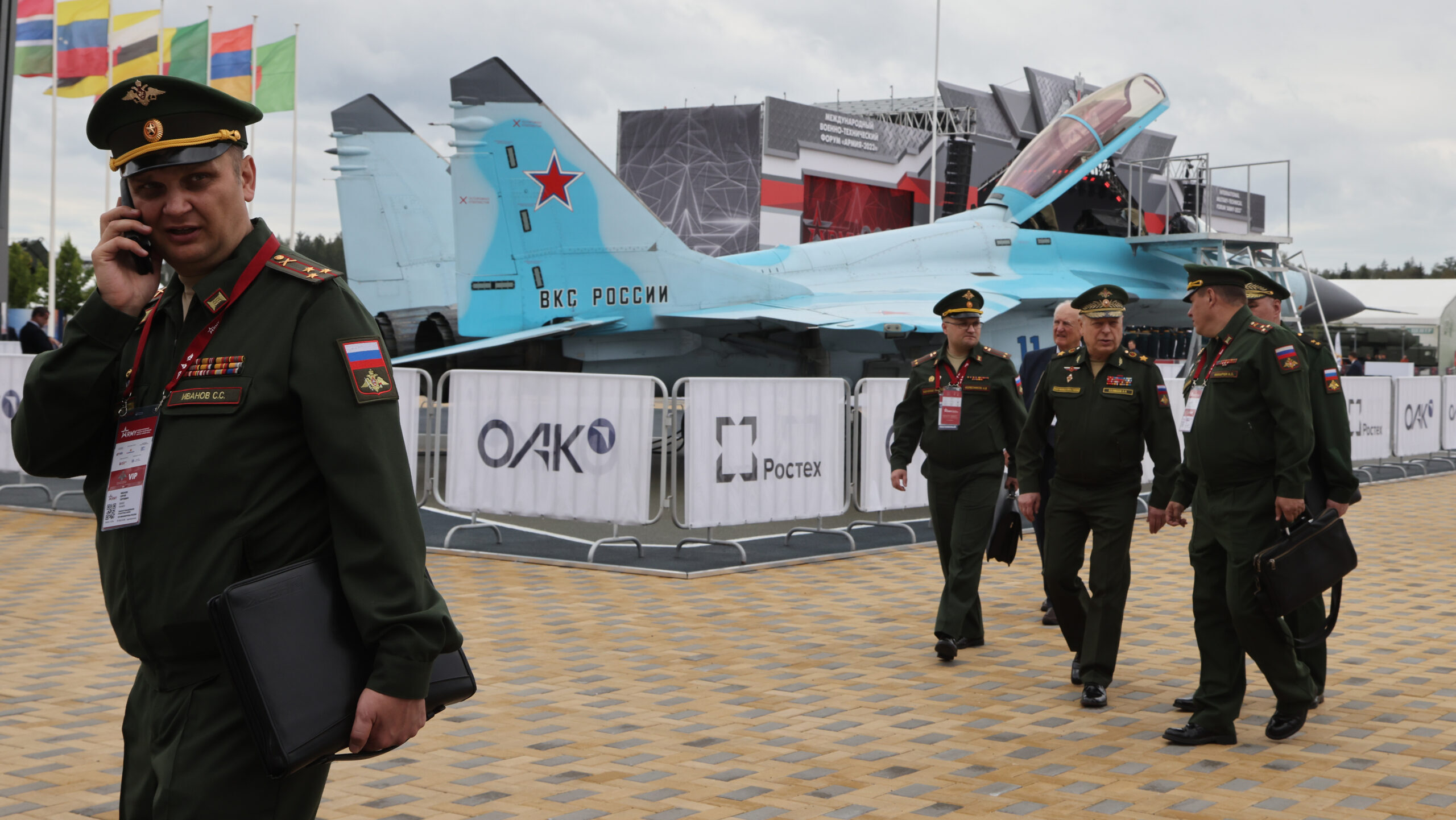This video shown the huge difficulty for Russia to rebuild commercial airliner industries, especially now with the need for domestication. The problem always lies in industrial supply chains. They need to replace the parts suppliers from Western ones, with domestic perhaps with some additional parts from China and India.
MC-21 actually in paper is quite advance design, but building supply chains especially Putin's wants to build it ASAP for domestication, will be daunting tasks. USSR supply chains is being neglected for this last three decades. Will not be easy for Russia to rebuild it again with targeted time lines only in few years.
Still they need to rebuild it, as Russia so far only build industrial chains for military aviation and neglecting civilian ones. They should begin the drive for domestication after 2014 and not only after 2022. It is not just to change parts in SSJ-100, MC-21, and some in Tu-214 and IL-114, but they have to change parts on PD-8, PD-14 and PD-35.
PS-90A for TU-214 and IL-96-400 will be stop gap for domestic airliners, but the future for Russian Commercial airliners are SSJ-100 and MC-21. Thus means also make sure domestication of PD-8 and PD-14 has to happen simultaneously, as they also still use some Western components.
They should work to build Commercial Aviation Industrial supply chain with China. Both of them should now realise, they are increasingly in same boats. China should understand they should begin to have 2 separate version of C-909, C-919 and later on C-929. One with Western parts, other with Chinese and perhaps Russian parts.
Frankly speaking for me, I belive the sake of Global Commercial aviation industry is better with the emergence of China-Russia industrial supply chains . Rather then the commercial aviation industries always being dictates by Duopoly whims.
A group of Russian senators has introduced a bill that seeks to authorize Rosaviatsia, the Federal Air Transport Agency of Russia, to certify components manufactured in the country for Airbus and Boeing aircraft. The initiative, identified as Bill No. 746052-8, aims to regulate the production of alt

aviacionline.com
This is desperate moves to keep current Airbus and Boeing in the Russian Commercial fleets on flyable conditions. However I don't believe it Will be sustainable for longer period. Several years perhaps, but not after next decade. There're limitations to service A350, A330, 777 even A320 and 737 with unsanctioned factory parts. It is dangerous to be maintained for longer period.
They have no choices to increase domestication of parts for their own planes soon. Whatever the results of the war, they and West allready practically burn the bridges.

















